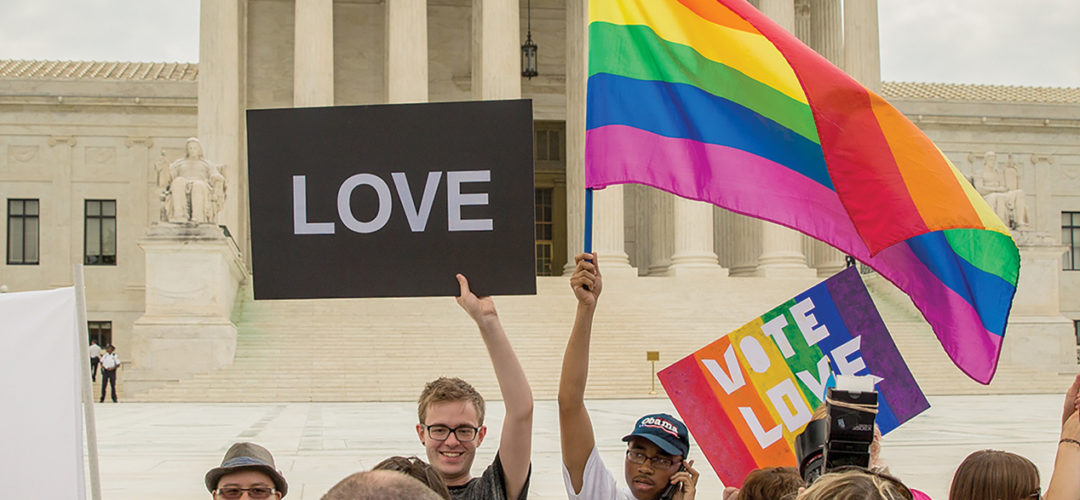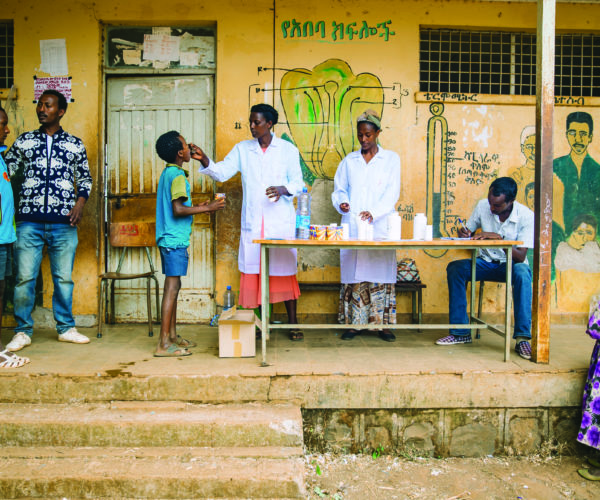Civil Marriage Collaborative
October 15, 2018
In 2004, a group of 11 funders came together in support of the agenda of freedom to marry to win state-by-state marriage equality across the U.S. The funder collective, known as the Civil Marriage Collaborative (CMC), was housed at Proteus Fund and led by Paul Di Donato from 2007 until its closure. It pooled over $20 million in financial resources to strategically target grantmaking in support of marriage equality, while creating a learning community of funders who applied the collaborative’s experiences and strategies to their own grantmaking. Funds were designated for 501(c)3 organizations, meaning grantees primarily engaged in “hearts and minds” public education work with very limited legislative advocacy.
Donor partners grew to 14 institutions that collectively invested more than $153 million. CMC shared something in common with many successful collaboratives—most of the funders had preexisting relationships with one another, which facilitated dialogue, planning and decision making. As CMC evolved, it refined its grantmaking strategy, focusing on fewer grantees, shorter terms and higher dollar amounts. As demographics and public support shifted, CMC began to focus its efforts where funds were most needed. Tim Sweeney, who co-founded and then advised the collaborative for many years and still shares its lessons with others exploring how philanthropy can shift complex systems over time, notes that, “the regular site visits with grantees by CMC funders and staff helped funders recognize the unique challenges and successes of each individual initiative, enabling the success of the whole.”
CMC was created with the understanding that it would come to an end following a Supreme Court ruling in favor of marriage equality, a goal which was realized in June 2015. Proteus performed monitoring and evaluation, and regularly met with CMC’s executive committee as well as all the donor partners to provide updates, hone strategies and promote confidence in CMC efforts as well as the larger movement. CMC’s targeted theory of change evolved over time according to the needs of the movement, from the crucial focus on shifts in mindset to convince people that marriage equality had to be seen as a basic civil right, to a completely different public education approach—the notion that expressing love through joining in marriage was the fair and moral thing to do (‘the golden rule approach”) and would not in any way negatively impact individuals, communities or the nation. Over time CMC also funded additional tactics, including critical litigation efforts towards the end of the freedom to marry movement.
The support of CMC’s organized philanthropy was essential to winning marriage equality in the U.S. As Overbrook Foundation’s Steven Foster noted, “bringing people together to fund in a collaborative way, behind a collaborative vision, leverages dollars exponentially…and creates relationships of trust among funders.” CMC provided a strategic focus to the LGBT movement, and provided landmark financial resources which showed the world that freedom to marry was a cause worthy of support.
CMC faced countless challenges throughout its duration. But CMC used defeats as learning opportunities, and rallied philanthropic support through renewed funder commitments to revised and refreshed strategies and tactics. CMC learned that it was crucial to fund to scale, fund early, and adequately fund specific coalition-building and outreach efforts. CMC’s staff was experienced in social movements, and knew to drive support into messaging research despite expense and duration. Lastly, a disciplined but flexible grantmaking strategy helped CMC adapt to the immediate needs of the movement and to build a powerful public education apparatus to advance the marriage equality movement.
Photo by Charlotte Fiorito.
Back to News


